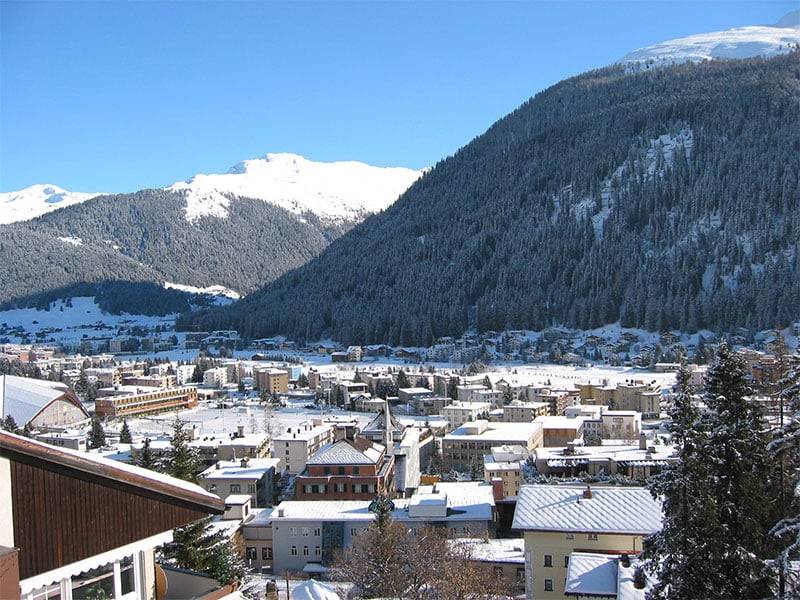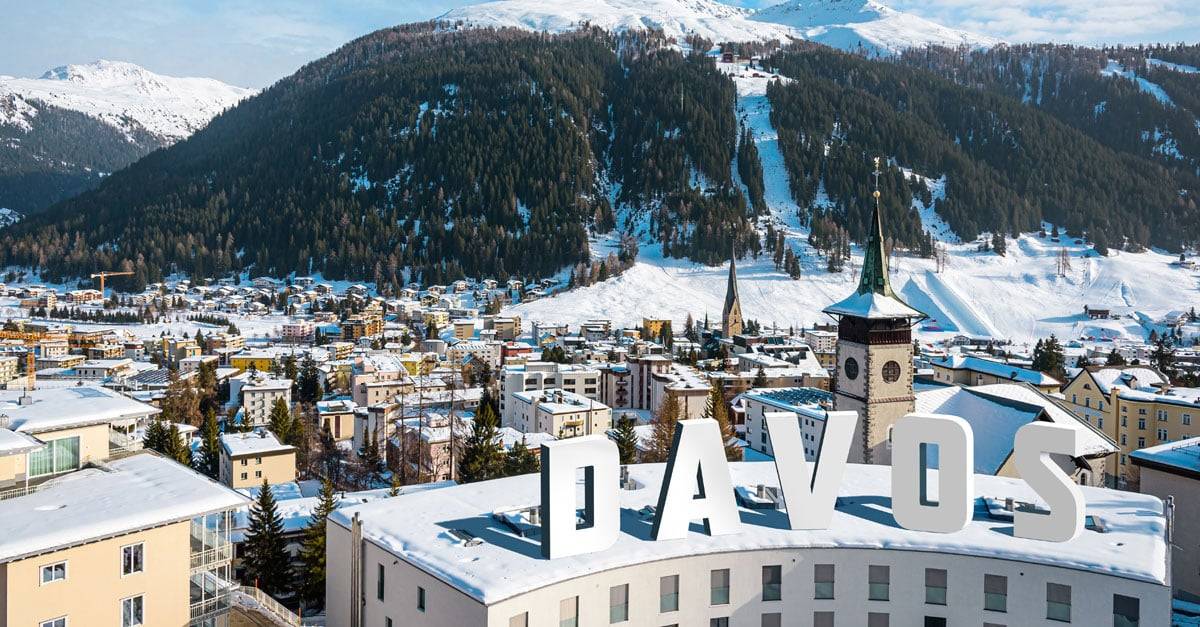The story of a decadent society of lung patients from various countries curing their ailments at the sanatorium in Davos before the outbreak of the First World War has gained popularity. Thus, the location became immortal in a literary sense. Still, Davos has much to offer today.
Davos is the highest town in Europe, famed for the diversity of sports, leisure, and cultural offerings. Originally enjoying its prominence thanks to its rejuvenating climate, as early as 1860, the first Davos guest house was opened to welcome spa guests. The German physician who immigrated here, Alexander Spengler, opened a recuperation spa for lung illnesses, which primarily comprised extensive sleep on the sun terraces of Davos, along with Veltliner wine. Numerous writers, artists, and philosophers travelling to Davos brought their own culture with them, made the spa town famous in their works, or were responsible for initiating the sports, events, and cultural facilities that exist today.
Famous for Winter Sports
Many people know Davos thanks to the Annual Meeting of the World Economic Forum, where world-renowned personalities meet to discuss the most burning topics. But the town, which currently has more than ten thousand inhabitants, was at the forefront of the development of modern winter sports.
The history of the world-renowned Davos sledge started in the 19th century. Two runners, three wooden slats, and a rope to pull the sledge through deep snow. The Davos sledge is effectively the original amongst toboggans. It is the wooden structure that makes it so special. The sledge is braked using the feet. Davos sledges are slower than toboggans and are therefore popular among less-hurried riders.
Wealth Aggregation: Simple, Dynamic, and Secure Beyond Compare. Discover the Altoo Wealth Platform!
In more modern times, Davos created headlines when it established the freestyle scene in the 1980s. At that time, the Jakobshorn was the only mountain on which snowboarders were permitted to use the lifts. Advanced skiers are also welcomed here today. Although not officially monitored, there are plenty of pisted runs to explore without guides. Still, if there is an intention to go further afield to areas outside the recommended boundaries, it is necessary to hire a guide.

The Hockey Club Davos was established in 1921, and two years later, the sport fans witnessed the first Spengler Cup, the oldest and most famous international ice-hockey tournament in the world. Namely, at the end of 1923, the Swiss surgeon Dr. Carl Spengler donated the travelling cup for an international tournament. After the Second World War, the team tournament increasingly lost its importance. Today again, the tournament enjoys a high international reputation, and the Hockey Club Davos is akin to a myth and a living legend.
Minigolf Course at Davos Lake
Since ice sports have a long tradition here, another chapter has been added to this history. Also this winter, the world’s first 18-hole ice miniature golf course was opened at the historic Sprecher Haus guesthouse, right on the shores of Lake Davos. Ice mini golf is played with a hockey stick and a small puck that has to be holed with as few strokes as possible. The winter version also involves overcoming special obstacles on each course. The play is accessible to children from 5 years old and takes place only in dry weather. The facility is open during the winter season, Friday to Tuesday, from 11 a.m. to 5 p.m.
Flat Roofs: A Matter of Taste
With its characteristic alpine flat roofs, Davos has developed its very own building style. The treatment of tuberculosis patients with sun and fresh air led to a unique architecture. In place of small windows that kept out the cold came light-flooded rooms with wind protection and balconies that faced the sun. In order to guard against dangerous avalanches in snow-covered Davos, the houses were covered with flat roofs. Still, the flat roofs are not actually flat at all, but slightly inclined towards the middle, so that the melt water flows invisibly through the house through a roof gutter. Even today, a flat roof must be used for buildings in Davos.

Back to The Magic Mountain
The story of a nurse, Johanna Cabathuler, who becomes pregnant at the war front and returns to her home village of Davos, to the hotel for lung patients run by her father and sister—this is the story behind the latest TV series, Davos 1917. Johanna later becomes a spy, and so, in the spa house of 1917, in the middle of the First World War, hostile parties live side by side on seemingly neutral Swiss soil.
The idea behind Davos 1917 was to shoot a series with international potential; even the preparations took eight years. The aforementioned novel, The Magic Mountain by Thomas Mann, served as the model. However, the TV series, which is broadcast in Switzerland from mid-December on, takes a different approach. For example, while researching the script, letters from Swiss Red Cross nurses who volunteered to go to war were discovered. They reported on their thirst for adventure and the opportunity to escape the constraints of patriarchal everyday life.

















